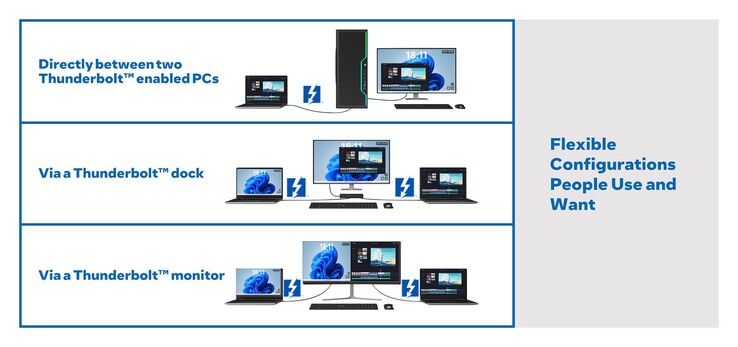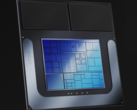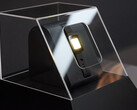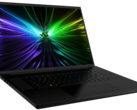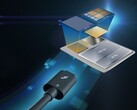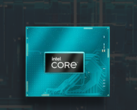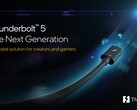In practice, the differences between Thunderbolt 4 and USB-C are mainly limited to the additional daisy-chaining flexibility that Thunderbolt offers, as well as features that are guaranteed with Thunderbolt but are optional with USB 4. Thunderbolt 5 expands the bandwidth from 40 Gbit/s to up to 120 Gbit/s, but Thunderbolt Share is now set to give the standard another significant advantage over USB 4.
Thunderbolt Share allows two computers that have Thunderbolt 4 or 5 to be connected directly to each other via a standard Thunderbolt cable. For this to work, both computers must be running the corresponding free Windows app and have the "Thunderbolt Share" certification, which is not supported on MacBooks for the time being, but macOS and Linux support is being considered. Data can then be transferred from one PC to another with an effective bandwidth of around 20 Gbit/s, which may prove handy for sharing Steam games directly with a friend, for example.
Instead of just transferring individual files, entire folders can also be synchronized. For example, photos can be transferred to a laptop and edited on the go, while the Lightroom or Capture One library can be synchronized with a desktop computer at home in just a few minutes. One of the more exciting possibilities that Thunderbolt Share may offer in the future is the option of transferring all data directly via Thunderbolt when switching to a new computer, which should save a lot of time compared to a backup on an external SSD.
Furthermore, Thunderbolt Share allows the screen of one computer to be mirrored on another so that a laptop can be used as an external monitor for a desktop setup, for example. The connection is said to be uncompressed and practically latency-free, but 60 frames per second is only achieved at 1080p resolution; the frame rate drops at higher resolutions.
Accessories that explicitly support Thunderbolt Share can be used by all devices connected via Thunderbolt at the same time. These products will be marked with a "Thunderbolt Share" logo, and the first compatible accessories are to be launched on the market this year. MSI, Lenovo, Acer, Razer, Belkin, Plugable, Kensington and Promise are already said to be developing products that have been certified for Thunderbolt Share.
Source(s)
Intel





